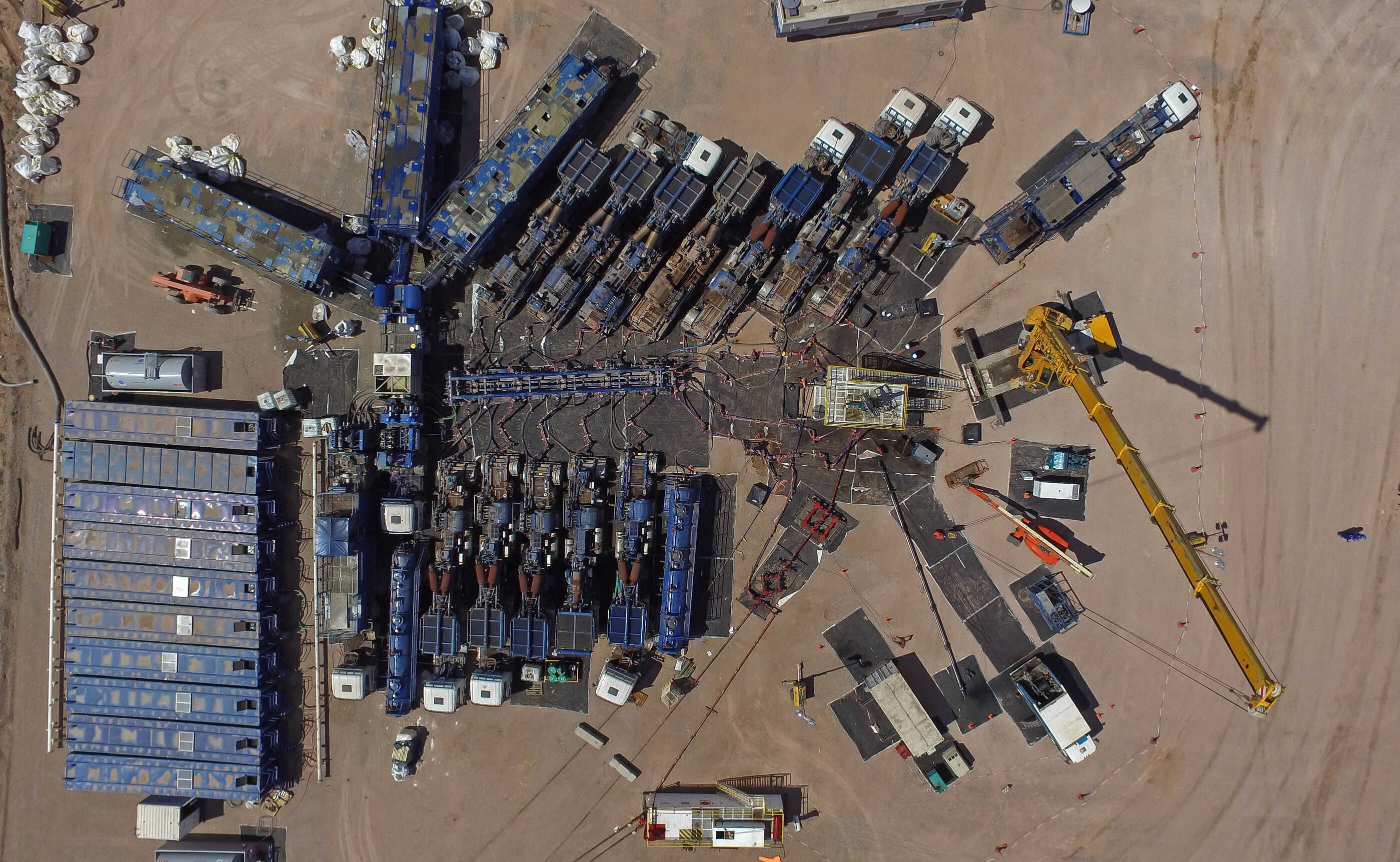What is natural gas?
Natural gas is mostly methane (CH4).
Natural gas also contains other compounds such as ethane (the most important feedstock for plastics) plus propane, butane, and pentanes. These products are called natural gas liquids (NGLs).
Natural gas may also contain sulphur compounds, nitrogen, carbon dioxide, water, and other substances.
Natural gas in Canada
Canada is the fifth largest producer of natural gas in the world.
Natural gas deposits formed over millions of years as heat and pressure transformed decaying plant and animal matter buried in deep sedimentary rock layers into carbon. In Canada, these deposits are mostly found in British Columbia, Alberta, and Saskatchewan.
Natural gas is a critical commodity. It provides both economic value to Canada and contributes to North American energy security. We use natural gas every day to heat our homes, generate electricity, and, in many homes and restaurants, prepare food. It is also a critical raw material for fertilizers, plastics, clothing, tires, detergents, and insulators.

Natural gas consumption
- In 2022, according to Statistics Canada data, Canadian natural gas demand was 12.9 Bcf/d. Net of natural gas imports, the implied consumption of domestically produced natural gas was 9.8 Bcf/d or ~76% of total demand.(Source: CAPP)
- The industrial sector1is Canada’s largest natural gas consumer, accounting for ~7 Bcf/d or 54% of total demand in 2022.
Where does Canada’s natural gas come from?
Nearly all of Canada’s natural gas is produced in British Columbia, Alberta, and Saskatchewan, but historically there was production in Nova Scotia, and reserves are found in nearly every other province.

Natural gas uses
Natural gas is important for generating electricity in many provinces. It can also play an important role in backing up renewable energy sources. Electricity generated with natural gas can contribute to the electrical grid when intermittent renewable energy sources, such as wind and solar, are not available.
Many petrochemicals are derived from natural gas. Alberta’s industrial heartland, an area of more than 580 square kilometres located northeast of Edmonton, is Canada’s largest hydrocarbon processing region. The region is home to petrochemical upgrading, refining, production, and processing facilities, as well as specialty metals extraction and fertilizer manufacturing. (Source: Alberta’s Industrial Heartland Association)
Gas processing plants separate water, impurities, and other gases such as sulphur dioxide from natural gas. Some gas plants also remove the NGLs, which are used or sold separately. When natural gas processing is finished, the cleaned natural gas is ready for distribution to consumers.
A network of pipelines moves natural gas safely from the processing facilities to end users. At the final destination, distribution companies or gas utilities deliver natural gas to homes and businesses. Natural gas is sometimes also stored in underground facilities for later use.
Hydraulic fracturing
Hydraulic fracturing and horizontal drilling are methods used to produce oil or natural gas from tight rock formations.

